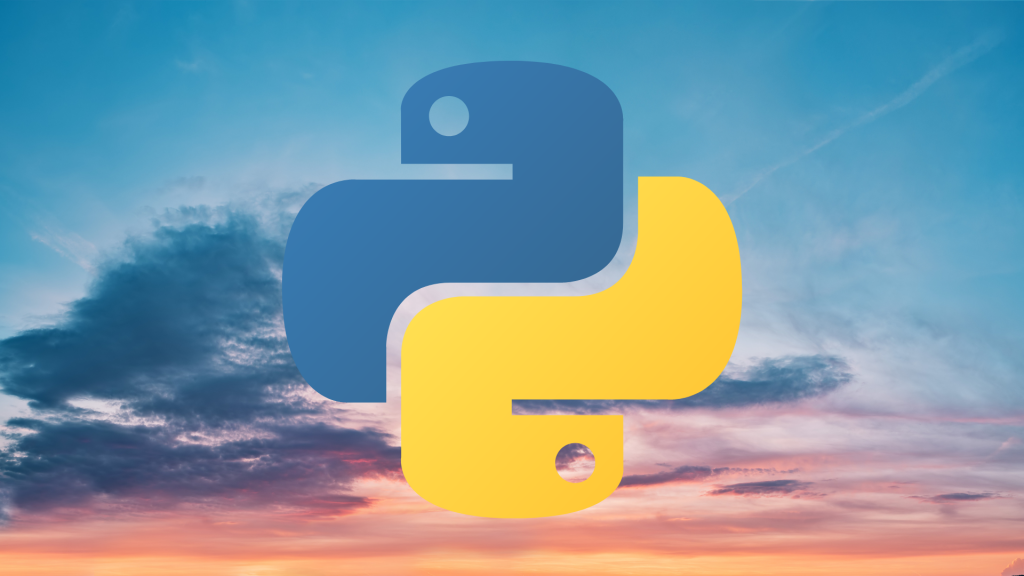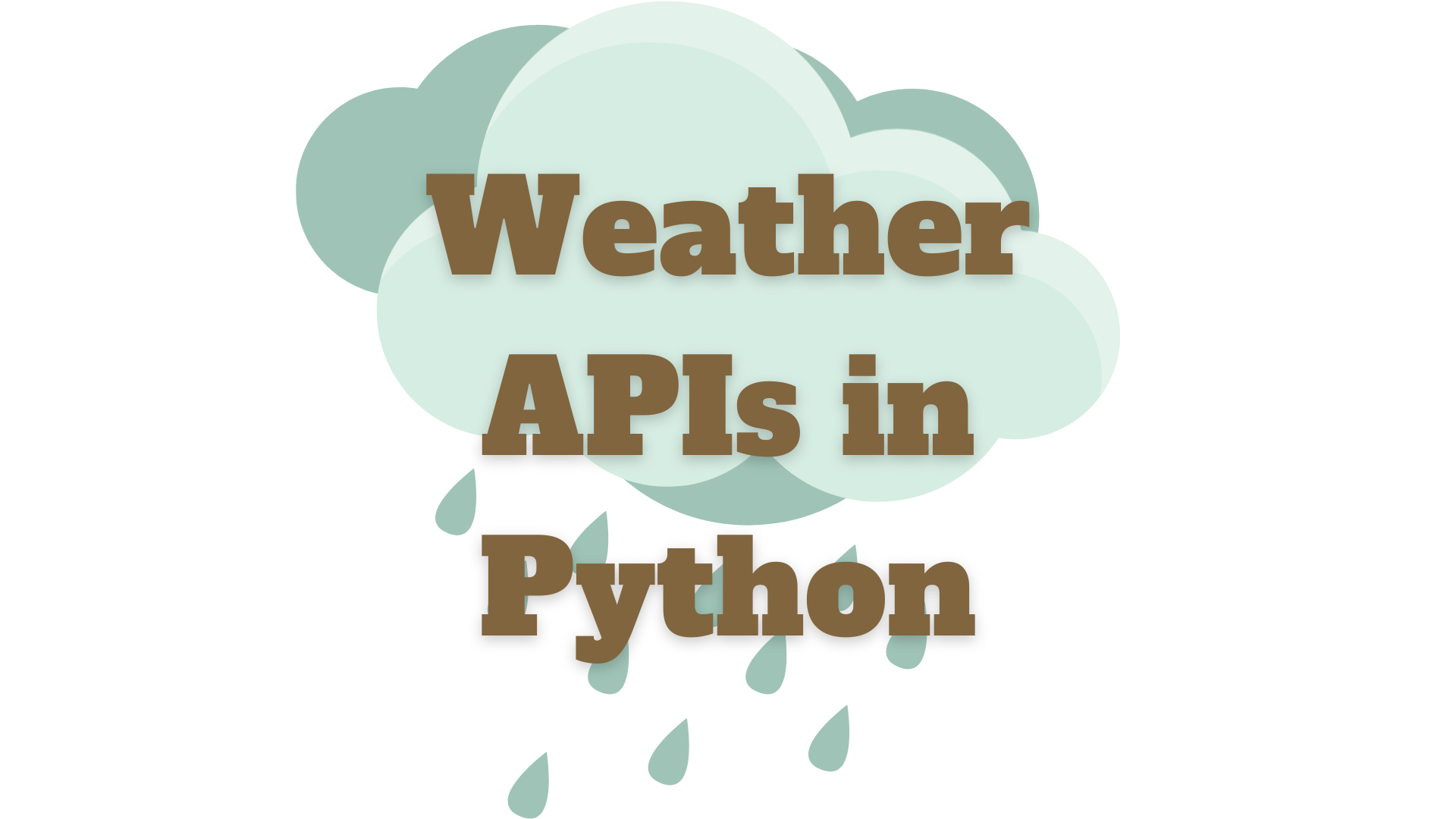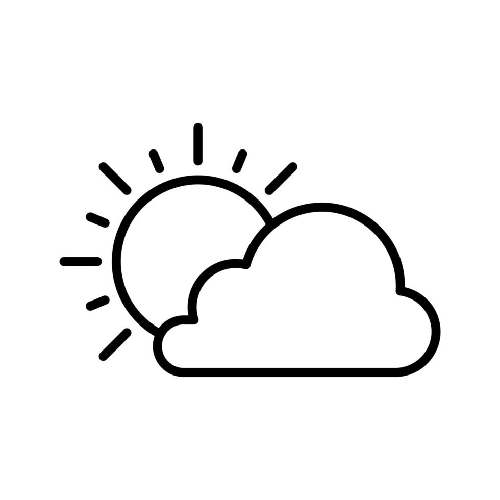Do you need to add a weather feature to your Python-programmed app? In this article, we’ll present you with the Best Weather APIs In Python. Stay tuned!
Why do I need a weather API?
The weather majorly impacts our everyday lives. Its impact goes from choosing whether to wear a scarf or not to huge financial life-changing like whether it would be a good idea to move to a cottage near the beach. Moreover, it also can change a business entirely. Therefore, the weather is of the most importance.
According to a 2015 survey, 4 out of every 5 people said they check the weather report on a daily basis. And a whopping 19.1% stated that they do it through a specific website or app. And because of the rise of environmental crises and ever-growing access to the internet, we can only assume that these numbers have only gone up and will continue to do so. Which in turn, makes the climate an extremely hot commodity.

You may be wondering how you can profit from this without having to do all the works that getting weather controls requires. Well, we encourage you to integrate a weather API to your preexisting app or even create a new website using Python.
So, what is a weather API?
A weather application programming interface (also known as an API) gives users everything they might need to know about meteorological conditions. Its users just need to query about a specific place they want to know about and the API will inform all of the weather data available to it. The use of this type of program is for the most part indicated toward web applications, phone apps, and websites.
And why Python?
Python is a high-level programming language that is used to develop applications of all kinds. It is a simple language to read and write due to its high similarity with human language. In addition, it is an open-source multiplatform language and, therefore, free, which allows you to develop software without limits. Over time, Python has been gaining popularity thanks to its simplicity and its wide range of possibilities. Because of this, there are a lot of online resources to help you along the way.

The following is a list of applications that’ll allow you to integrate weather data into your Python-programmed app:
The Best Weather APIs In Python
Current Weather and Forecasted Weather API
Current Weather and Forecasted Weather API is known for its great weather forecasting capabilities as well as how easy it is to integrate into your app or website.
Some of its features are current weather data and forecasted weather data for up to 16 days. And the weather data provided is comprised of humidity; visibility; temperatures; wind conditions; and much more.
It’s very easy to install. All you need to do is sign up to the Zyla Labs API Marketplace; afterward, sign up for the Current Weather and Forecasted Weather API; then you’ll get a unique access key that you can easily code right into your program. Plus, you can receive the data in JSON, XML, or HTML.
Spire
Spire Weather API is a current and forecasted weather data program. Additionally, it provides maritime weather information.
Tomorrow.io Weather API
This program specializes in current and forecasted weather data for up to 14 days. It is a very simple program that won’t give you any issues when it comes to installing it to your applications.
Thanks for checking out our list of the Best Weather APIs In Python.




